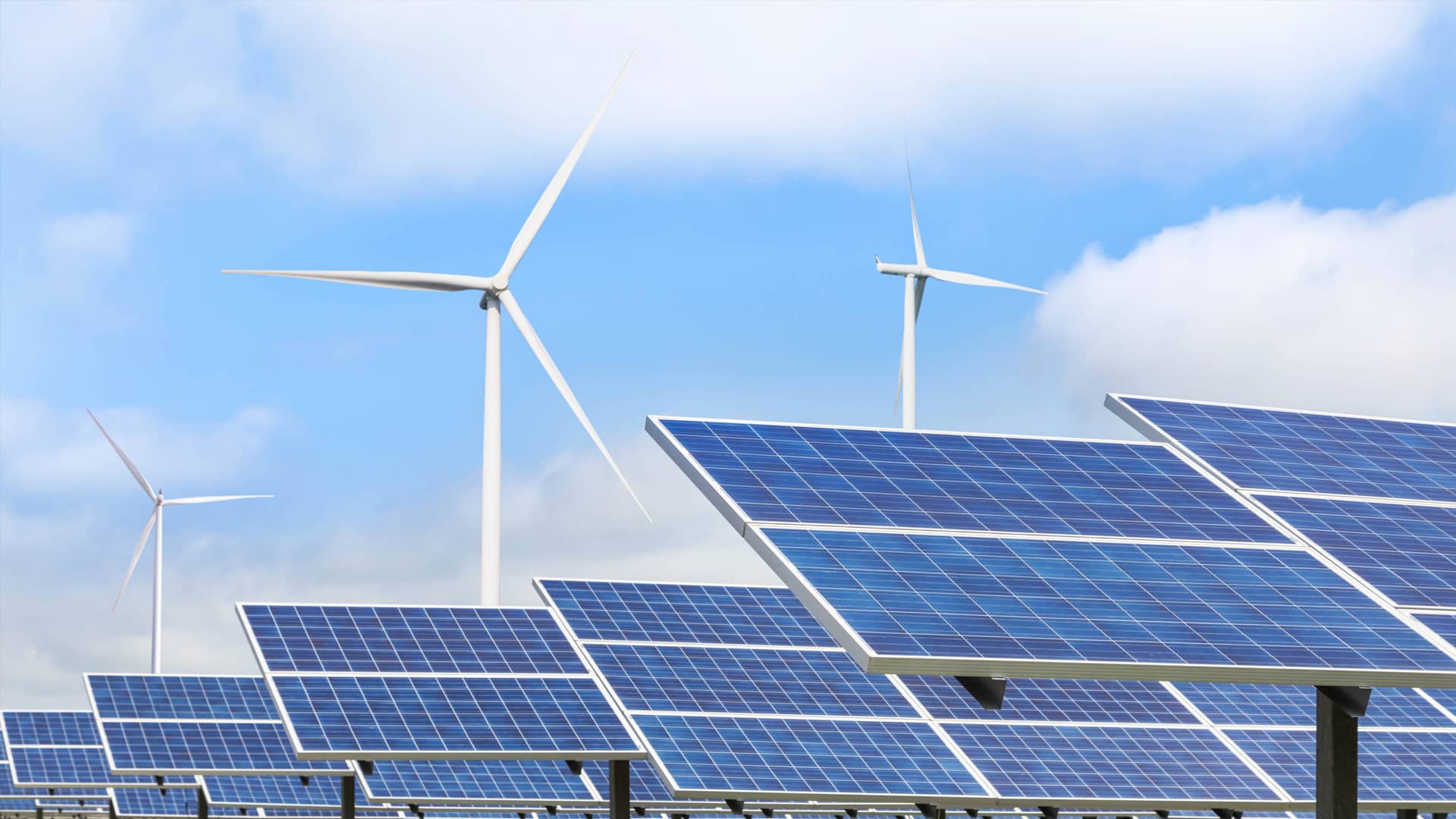The understanding and the control of the underlying physics affecting the macroscopic properties is the key point for producing high-quality superconductors suitable for applications, combined with the development of a sustainable processing approach. The possibility of assembling multiple tapes to form windable high current capacity energy cables also needs to be observed. A complex composite multifunctional structure is mandatory. This composite requires developing a material science and technology able to improve the pinning of the superconductor by producing inclusions with controlled chemical/physical properties.
Low AC losses and high critical current in self-field need to be obtained to reduce the capital and operating costs of power devices. Relevant manufacturing and production challenges that e.g. HTS 2G tapes face, concern the availability of only short lengths, a relatively limited worldwide production, and few customisation options3.
MgB2 and iron-based superconductors, already showing good performance prospects in bulks, tapes and wires, also require further development effort.
Contact person: Dr Harold Ruiz (dr.harold.ruiz@leicester.ac.uk)
Explore More about the Working Groups

Very complex behaviour is obtained when dealing with HTS materials, as mentioned, particularly in 3D configurations and/or combined with heterogeneous functional and structural materials.

There are increasing needs for technical progress in the electric power grid, transportation and industry for facing the Energy Transition. Larger exploitation of renewable energy sources and the shift to carbon-free electric mobility are mandatory.

Several concerns exist related to HTS cost efficiencies, environmental impacts and applicability that hinder a broad market penetration of these technologies.

